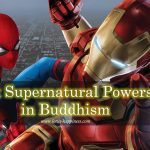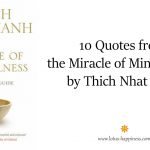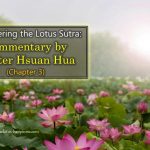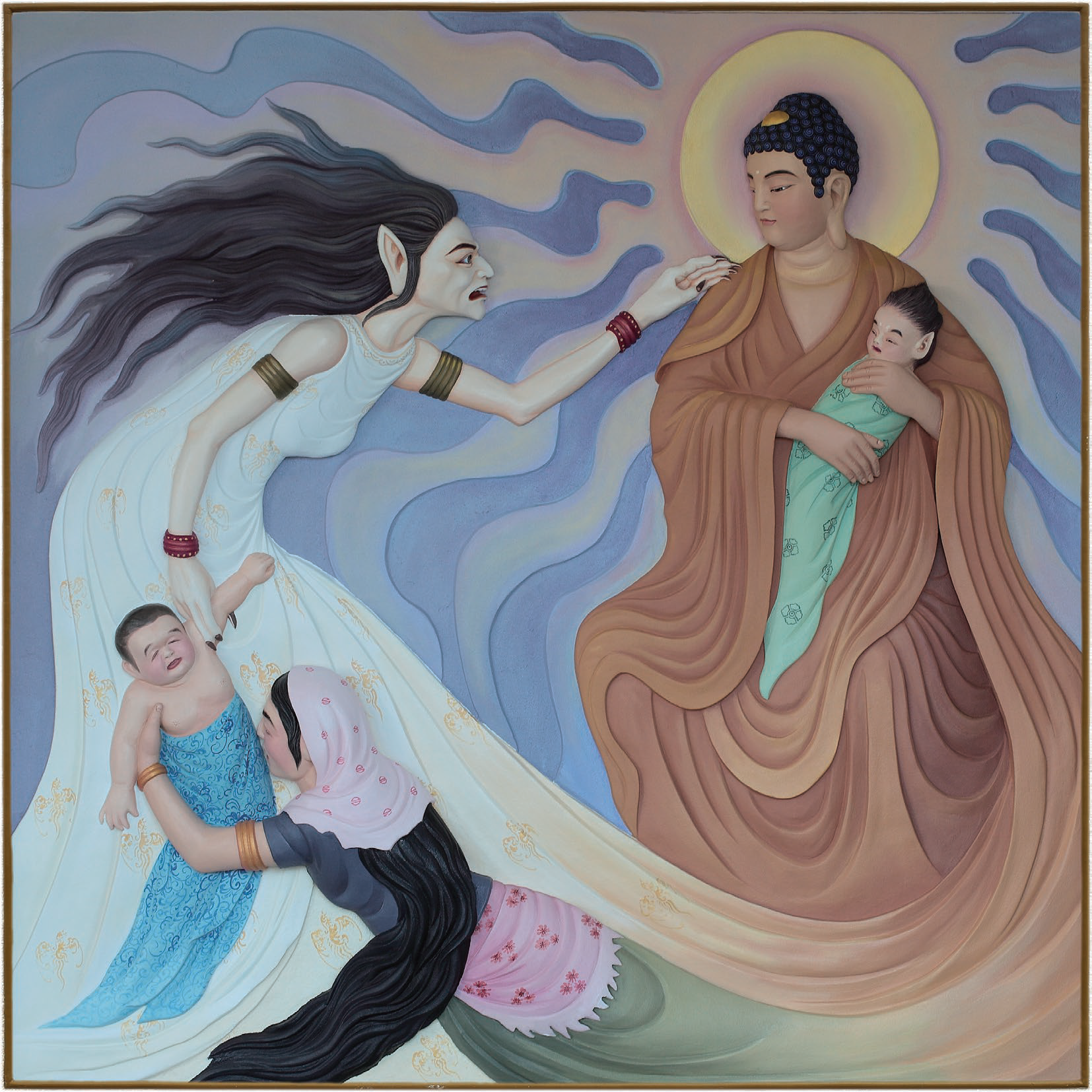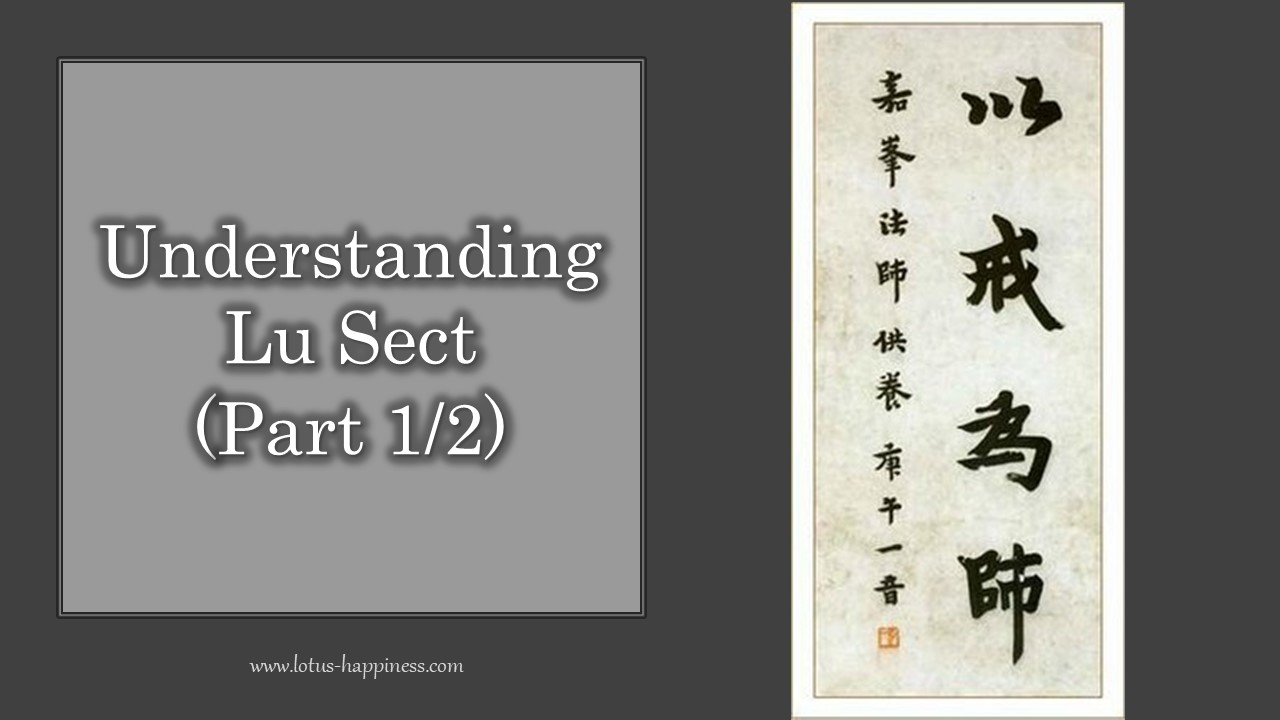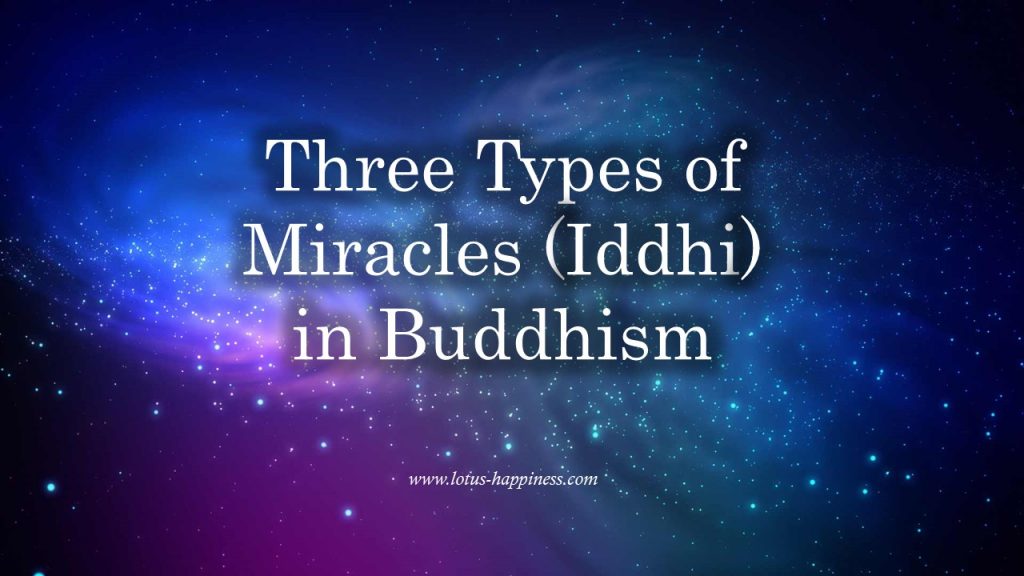
Three Types of Miracles (Iddhi) in Buddhism
In Kevaddha Sutta, a person named Kevaddha recommended the Buddha to get his monks perform supernatural powers in the form of “iddhi” or miracles so as to enhance the Buddha’s prestige and reputation and paves the way for easier conversion to the Buddha’s teachings.
The Buddha said there are three types of miracles that the Buddha personally experienced:
- The miracle of Iddhi which means superhuman power
- The miracle of mind reading
- The miracle of instruction
#1 – The Miracle of Iddhi (Superhuman Power)
(1) “In the miracle of Iddhi, Iddhipatihariya (Superhuman power) the Bhikkhu experiences various kinds of power. From one form he becomes many, and from many he becomes one again; he becomes visible or invisible, passes through wall and rocks without touching them, as if they were space. He dives into and emerges from the earth as if it were water, and walks on water without disturbing the surface as if it were land; sitting crossed-legged, he moves in the sky like a bird. The Moon and the Sun in all their majesty, he touches and strokes with his hand, continuing with his body up to the realm of Brahma.
When trusting person sees the Bhikkhu perform these acts, he relates it to some sceptic saying “The power and majesty of the Samana are stupendous. I saw him transforming himself from one form into many and so on.”
What is the problem with the miracle of Iddhi?
Then the sceptic says “That is the ‘Gandhara charm’ making the Bhikkhu perform those acts. What do you think, Kevaddha, would not the sceptic say so to the trusting one?”
Kevaddha replied “He would, Sir.” Thereupon, the Buddha warned “Well, seeing this advantage of the iddhi miracles, I am vexed with them; I deplore them and am disgusted with them”.
#2 – The Miracle of Mind Reading
(2) “What is the miracle of discerning the state of another person’s mind? (Adesana patihariya). Here the Bhikkhupoints out the state of consciousness, mental concomitants, initial and sustained application of the mind of another personsaying “This is your mind, your mind in this way, thus is your state of consciousness.”
When a trusting person sees that Bhikkhu performing the act, he relates it to some sceptical person saying “The mystic power and majesty of Samana are stupendous. I saw the Bhikkhu reading the mind of another person etc.”
What is the problem with the miracle of mind reading?
Then the sceptic says “That is the ‘Manika charm’ making the Bhikkhu do that.” Therefore, seeing the disadvantage of the miracles of discerning the minds of others, I am vexed with them, I deplore them and I am disgusted with them.”
#3 – The Miracle of Instruction
(3) “What is the Miracle of Instruction? (Anusasani patihariya). Here Kevaddha, the Bhikkhu advises “Let the initial application of your mind to an object be in this way and not in that; pay attention in this way and not in that; renounce this; having attained to that, remain in it.” This is called the Miracle of Instruction.”
The instruction through the development of the mind is the best and the most ideal. As such, the Buddha focuses on teaching his disciples on how to develop the correct thinking and the correct view in Eightfold Path. Through sharing of his past experiences, knowledge and wisdom, the Buddha shows the path to ultimate emancipation of sufferings to attain absolute happiness in the state of Buddhahood.

